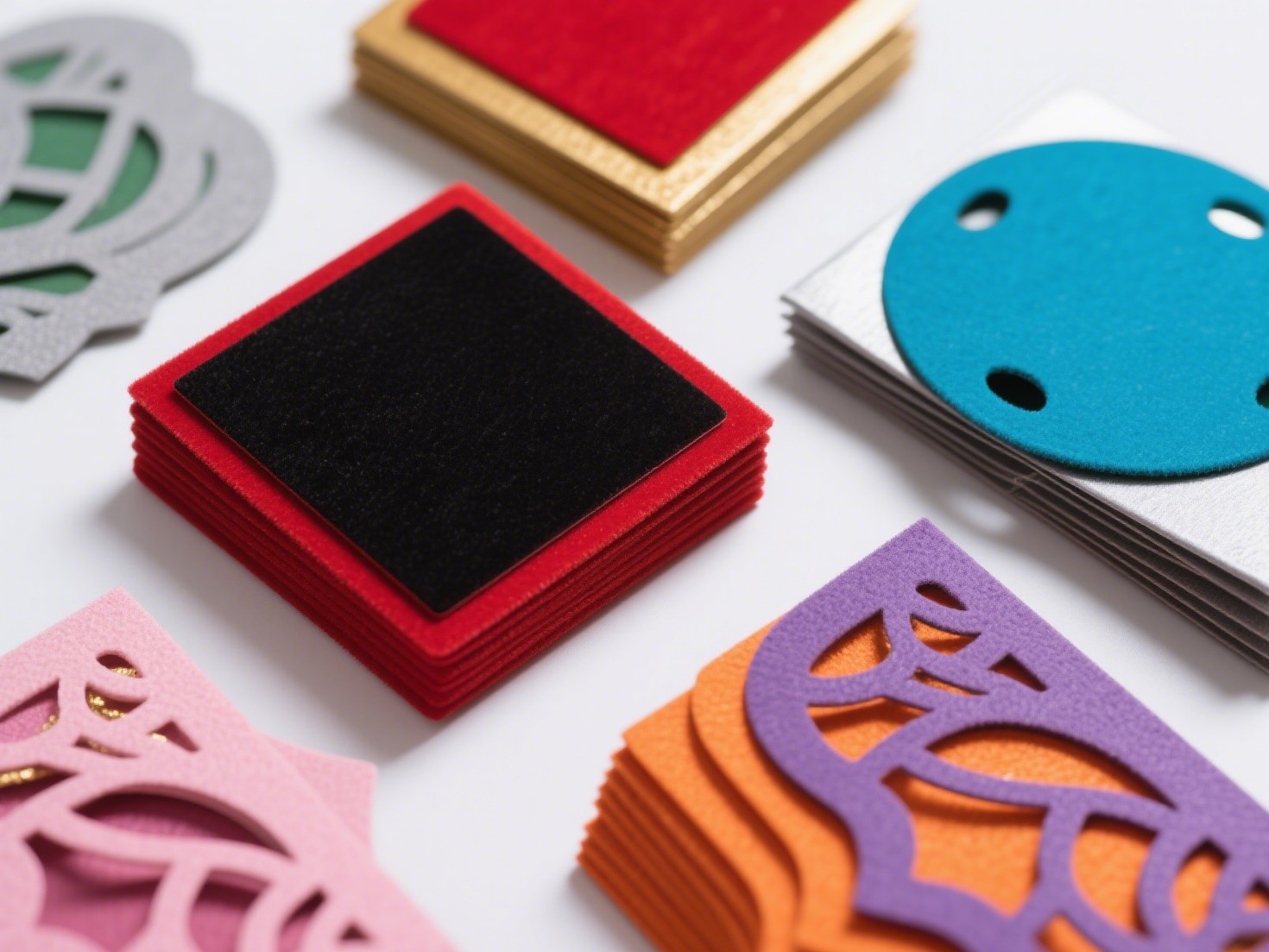When it comes to home improvement projects, few elements can elevate the aesthetic appeal of a room quite like well-crafted baseboards. Among the various materials available, Medium Density Fiberboard (MDF) has gained popularity due to its versatility, affordability, and ease of use. However, many DIY enthusiasts often wonder: Can you router MDF baseboards? The answer is a resounding yes, and in this article, we will explore the intricacies of routing MDF baseboards, including techniques, tools, and tips to achieve professional results.
Understanding MDF and Its Advantages
Before diving into the routing process, it’s essential to understand what MDF is and why it’s a preferred choice for baseboards. MDF is an engineered wood product made from wood fibers, wax, and resin, which are compressed and heated to form dense sheets. This material offers several advantages:
- Smooth Surface: MDF has a smooth, even surface that is ideal for painting and finishing, allowing for a polished look.
- Cost-Effective: Compared to solid wood, MDF is more affordable, making it an attractive option for budget-conscious homeowners.
- Ease of Workability: MDF can be easily cut, shaped, and routed, making it suitable for intricate designs and profiles.
Tools Required for Routing MDF Baseboards
To successfully route MDF baseboards, you will need the following tools:
- Router: A plunge router or a fixed-base router will work well. Ensure you have the appropriate bit for the profile you wish to create.
- Router Bits: Choose high-quality carbide bits designed for MDF. Popular profiles include round-over, ogee, and cove bits.
- Clamps: Secure your MDF pieces to prevent movement during routing.
- Dust Collection System: MDF generates a significant amount of dust, so a dust collection system or vacuum attachment is highly recommended.
- Safety Gear: Always wear safety glasses and a dust mask to protect yourself from fine particles.
Step-by-Step Guide to Routing MDF Baseboards
Step 1: Prepare Your Workspace
Start by setting up a clean, well-lit workspace. Ensure you have enough room to maneuver your tools and materials. Lay down a drop cloth to catch any dust and debris.
Step 2: Measure and Cut
Measure the length of your baseboards and cut the MDF to size using a circular saw or table saw. Make sure your cuts are straight and clean, as this will affect the final appearance.
Step 3: Mark Your Design
Using a pencil, mark the areas where you want to route. If you’re creating a specific profile, consider using a template to guide your router.
Step 4: Secure the MDF
Clamp the MDF securely to your workbench or a stable surface. This will prevent any movement while routing, ensuring clean and precise cuts.
Step 5: Set Up the Router
Install the appropriate router bit and adjust the depth of the cut according to your design. Start with a shallow depth to avoid overloading the router and to maintain control.
Step 6: Route the Baseboards
Begin routing along the marked lines, moving the router steadily and smoothly. Avoid forcing the router; let the bit do the work. If you’re routing a profile, make multiple passes, gradually increasing the depth until you achieve the desired result.
Step 7: Sand and Finish
After routing, use fine-grit sandpaper to smooth any rough edges. MDF can be prone to chipping, so take your time during this step. Once sanded, apply a primer and paint to finish your baseboards.
Tips for Successful Routing
- Practice on Scrap Material: Before routing your actual baseboards, practice on a scrap piece of MDF to get a feel for the router and the bit.
- Use a Guide: For straight cuts, consider using a straight edge or a router guide to ensure accuracy.
- Take Breaks: Routing can generate heat, especially with MDF. Take breaks to allow your tools to cool down and to avoid fatigue.
Conclusion
Routing MDF baseboards is not only possible but can also yield stunning results that enhance the overall look of your home. With the right tools, techniques, and a bit of practice, you can create custom profiles that reflect your personal style. Whether you’re a seasoned DIYer or a novice, this guide provides the foundational knowledge you need to tackle your MDF baseboard project with confidence. So, gather your tools, unleash your creativity, and transform your living space with beautifully routed MDF baseboards.


